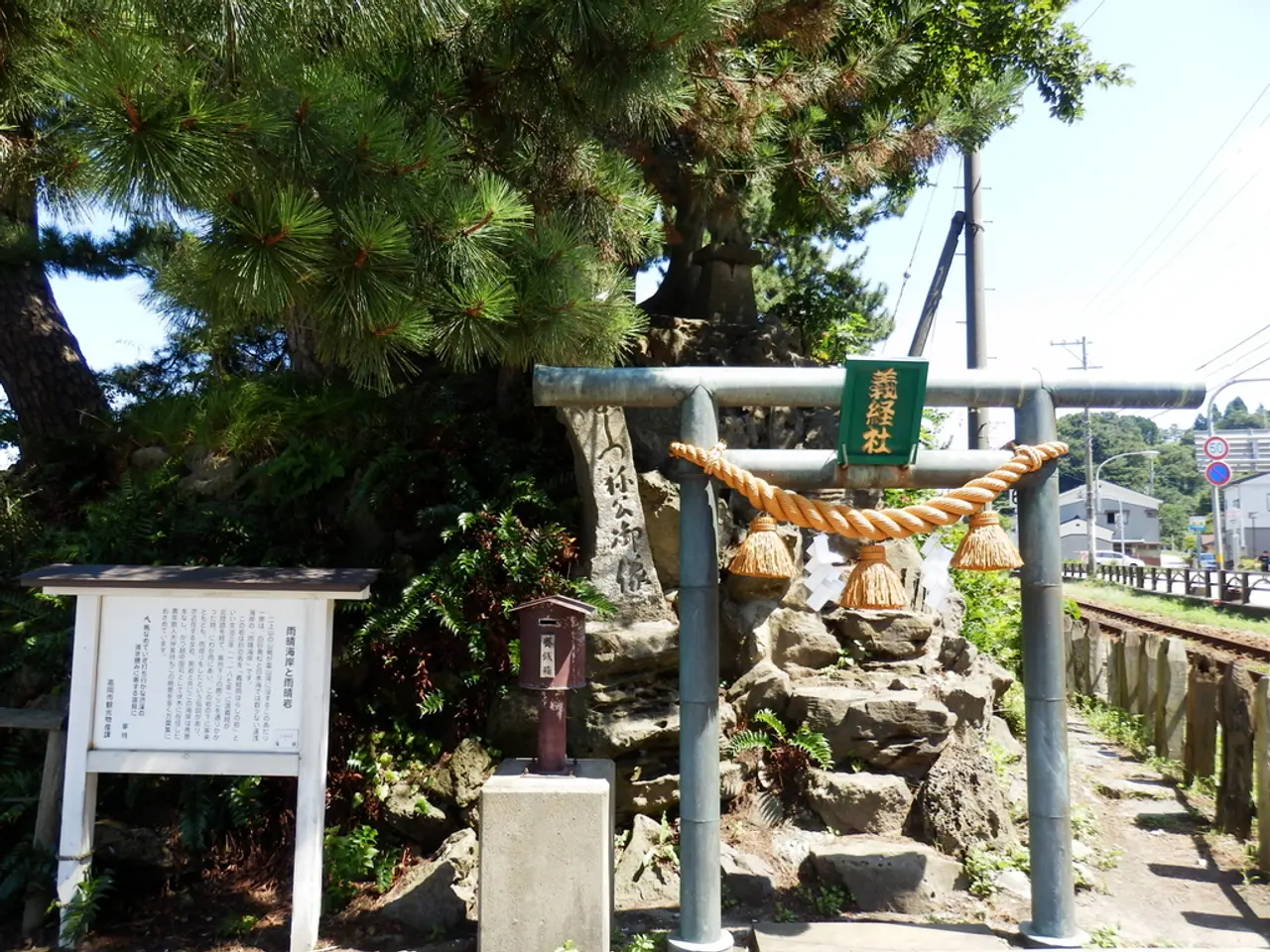Workshop in Cao Bang underscores significant role of Dong Son culture in nation's growth and progression
Unveiling the Ancient Secrets of Cao Bằng: A Trove of Đông Sơn Culture
Nestled in the picturesque landscape of Cao Bằng Province, lies a vital archaeological and historical treasure trove that sheds light on the ancient roots of Vietnamese civilization. The Đông Sơn culture, dating back thousands of years, has been uncovered through extensive research, revealing a rich tapestry of historical artifacts and cultural values that reflect the lifestyle, techniques, and warfare art of the era.
Cao Bằng, serving as a cultural exchange center, has been a significant foundation for Vietnam, enduring almost a millennium under Chinese domination and prospering following Ngô Quyền’s victory in 938. The province's archaeological heritage is a testament to the resilience and identity of Vietnam, providing valuable insights into its prehistoric cultures and their influence on the formation of the Vietnamese nation.
Excavations and studies since the 1950s and 1960s have unearthed a wealth of historical sources in Cao Bằng, offering a glimpse into the life, tools, and military art of the Đông Sơn era. These findings provide crucial information about the socio-political developments during the Thục Phán–An Dương Vương period, a time marked by the elevation of Đông Sơn culture and the strategic relocation of the capital to Cổ Loa.
The discovery of ramparts, military tools, and artwork related to warfare indicate high levels of military organization and craftsmanship typical of Đông Sơn culture. These relics, predominantly found along major rivers such as the Bang and Gam rivers and their tributaries, offer a unique perspective on the historical Âu Lạc state.
Despite the richness of Cao Bằng’s archaeological heritage, many questions remain due to limited funding and expertise. Local authorities emphasize collaboration with research institutes to further uncover these values and employ them for sustainable cultural and national development.
Recent archaeological studies on the Đông Sơn culture in Cao Bằng have been ongoing for decades. The survey carried out from April 20 to 28 was part of the project 'Investigation, Research, Scientific Documentation and Assessment of the Value of Relics and Artefacts from the Đông Sơn culture and the Âu Lạc State'. The findings revealed a significant number of bronze artefacts characteristic of Đông Sơn culture, including weapons, production tools, jewellery, and musical instruments.
The People's Committee of Cao Bằng Province collaborated with domestic organizations to host a scientific workshop titled 'The Đông Sơn Culture in Cao Bằng: New Archaeological Discoveries'. The event attracted many renowned historians and cultural researchers from the region, who gathered to discuss the latest findings and explore potential avenues for further research.
In conclusion, the archaeological discoveries in Cao Bằng not only deepen our understanding of the Đông Sơn culture but also highlight Cao Bằng’s role in Vietnam’s historical resilience and identity. The province remains a critical region for understanding Vietnam's prehistoric cultures and their influence on the formation of the Vietnamese nation.
- The extensive research into the Đông Sơn culture has unearthed not only historical artifacts, but also ancient music instruments.
- The discovery of military tools and artwork in Cao Bằng suggests that the Đông Sơn era was a period of advanced labor and warfare.
- Education and self-development initiatives could benefit from the cultural values and historical learnings derived from the Đông Sơn culture in Cao Balang.
- AI and modern research methods have the potential to aid in further investigation of the Đông Sơn culture, providing new insights into Vietnam's cultural heritage and education.




